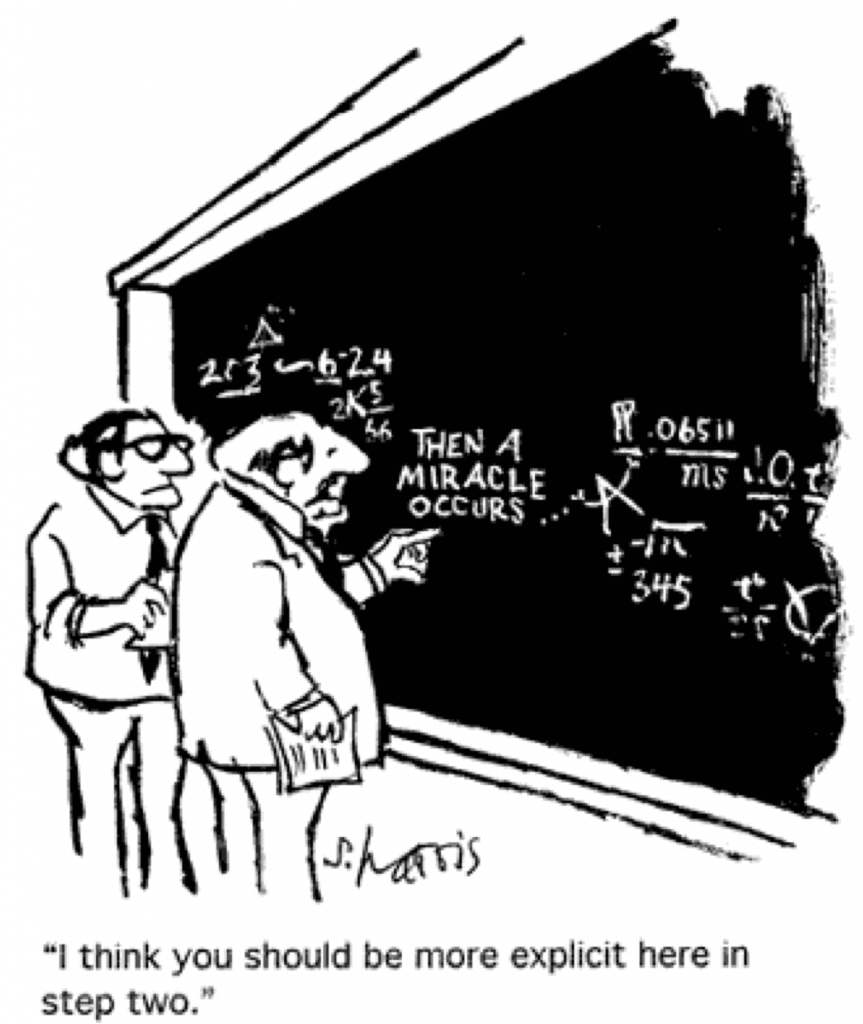 What do we do after we’ve restated a text, given our impressions, examined the context, and clarified our question? We explain it.
What do we do after we’ve restated a text, given our impressions, examined the context, and clarified our question? We explain it.
In this series, I’m laying out a method to interpret the Bible when you only have a Bible. I’ve put all this in Chinese on a bookmark (in color or black-white). The process involves five straightforward steps. In Chinese, I summarize the steps this way: 述-印-境-提-释 (shù-yìn-jìng-tí-shì). Look back at previous posts to get an explanation.
5. Explain the passage (解释, jiěshì)
At this point, people can get stuck and wonder, “What now?” After making observations, there is a temptation to randomly answer whatever question seems most pressing to you. We have to resist.
We need to interpret the passage in a way that suits the context (step #3). In any given text, there is a sequence of thought or a plot that should direct our flow of conversation. For example, we typically should not try to interpret v. 10 of a chapter before reflecting on verses 3–6. There will be any number of logical and logical transitions. These are crucial if we are going to catch the writer’s intended meaning. Order matters.
Danger lurks at this stage. People are tempted to forget all they have studied for the previous 4 steps and jump directly to some other book that they think is a great cross-reference. Therefore, instead of putting all their observations together, they default to the old habit of proof-texting. Perhaps, the other passage is relevant and makes a great point. However, settling for that other book’s message may mean overlooking what this text is saying and how it says it.
Most people are taught systematic theology more than biblical theology (including exegesis skills). Therefore, the main way they know to “interpret” Scripture is simply to piece together verses from all over the place and put them together in some system. This is a bad habit.
People may well affirm an important truth; however, that particular truth has nothing to do with the particular text they are studying. What usually ends up happening is someone starts to major on a minor point.
This habit is worst among two types of people:
(1) people who hold a very traditional theology. They are eager to make sure they never veer from the most common interpretation.
(2) people who are attracted to controversial topics and places with unclear wording.
If the first four steps are done well, the last step is exciting as it is easy. I’ve seen groups that are typically shy and unsure of themselves really start to open up because they have patiently and methodically reflected on the entire passage. If you only had an hour to interpret, I suspect this last step would only use about 10–15, minutes. The first 45–50 minutes are spent on the first 4 parts.
In my experience, this is not the normal routine. I find that people try to explain a passage right from the beginning. Consequently, much of the rest of the time is spent arguing about competing opinions based merely on either someone’s impressions or on their Bible commentary notes.
This is certainly not the most fruitful way to interpret and discuss a text. If we want to read the Bible wisely, we will slow ourselves down, ask questions, and listen.
What does the Bible say?
















